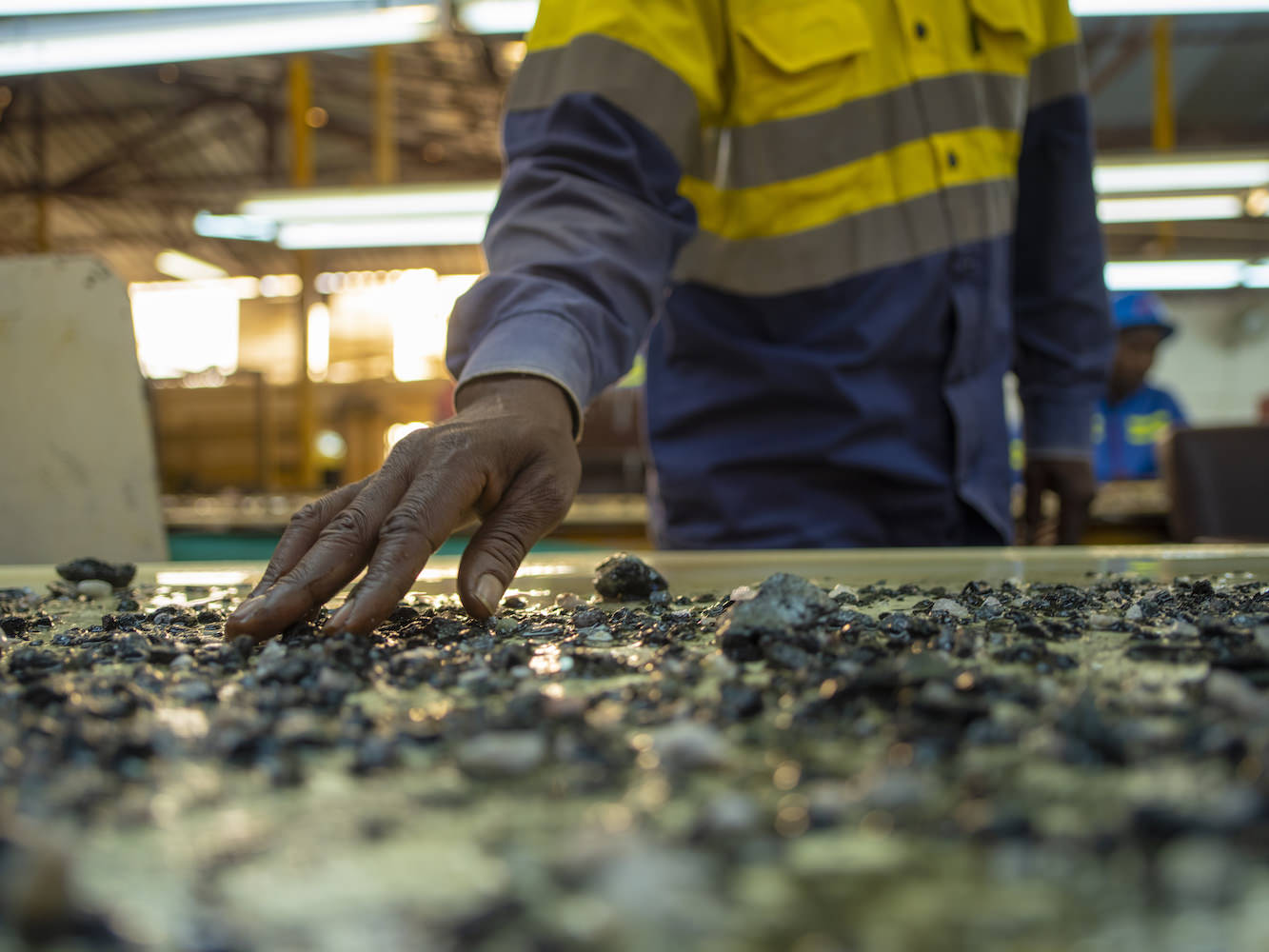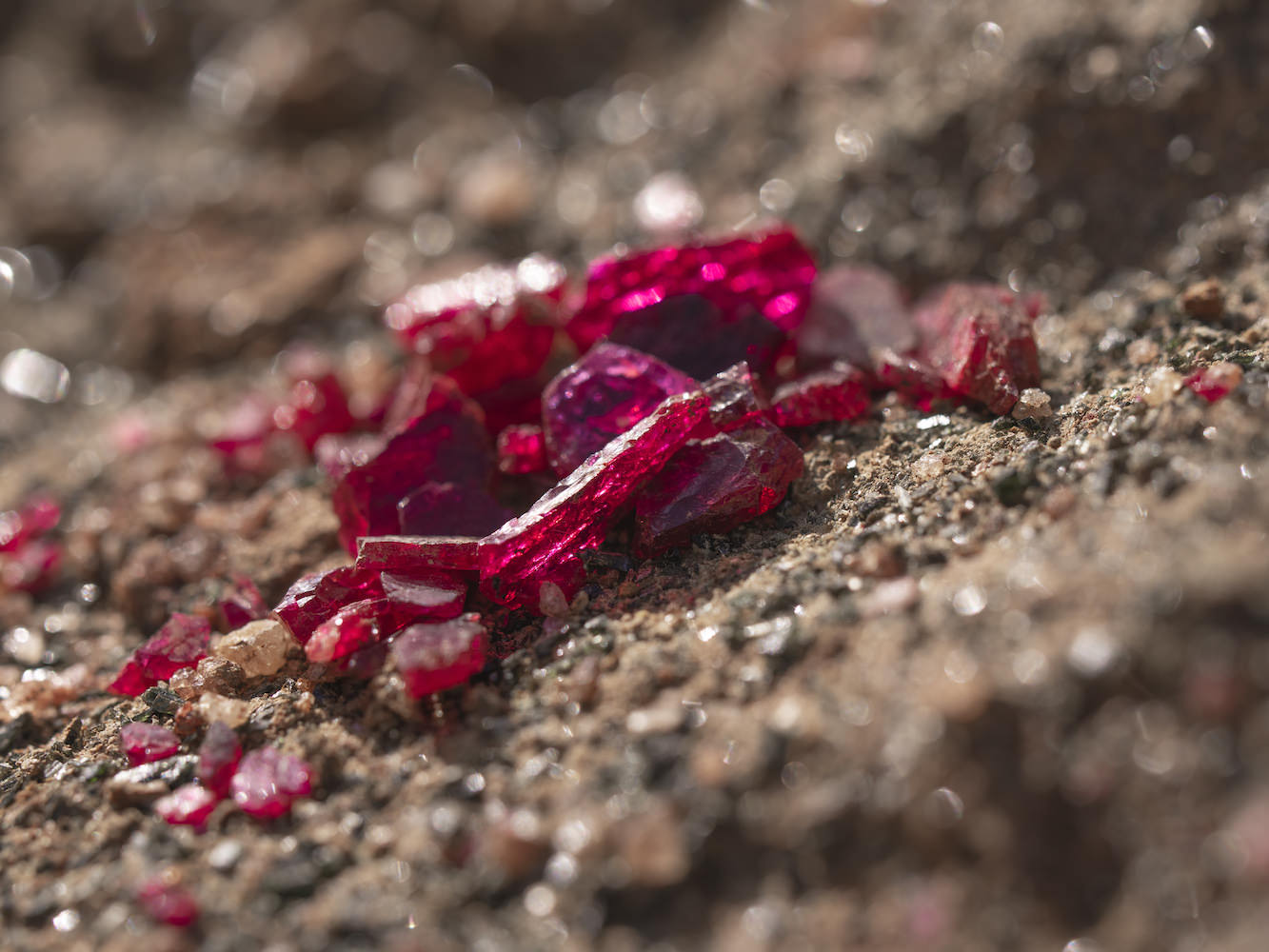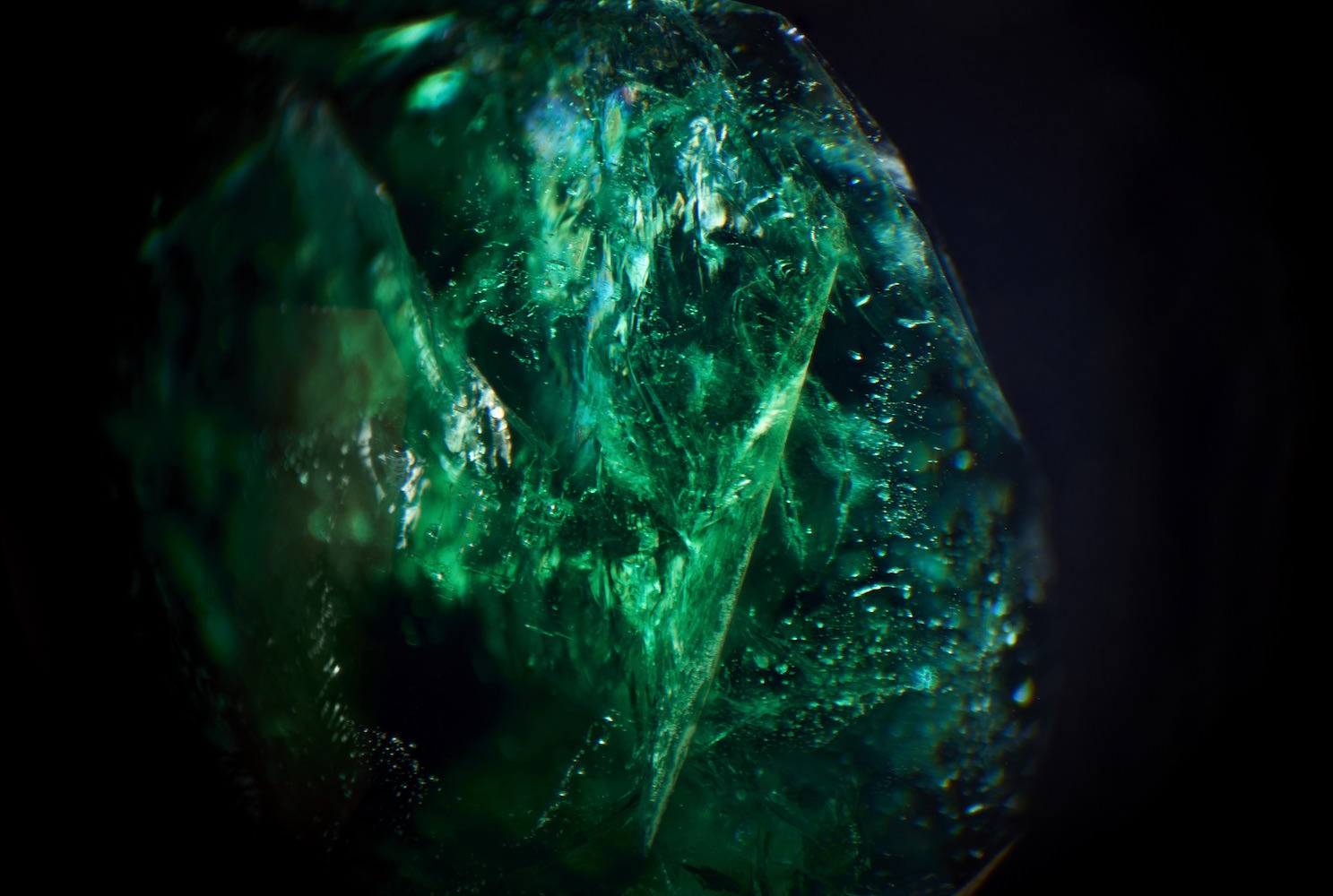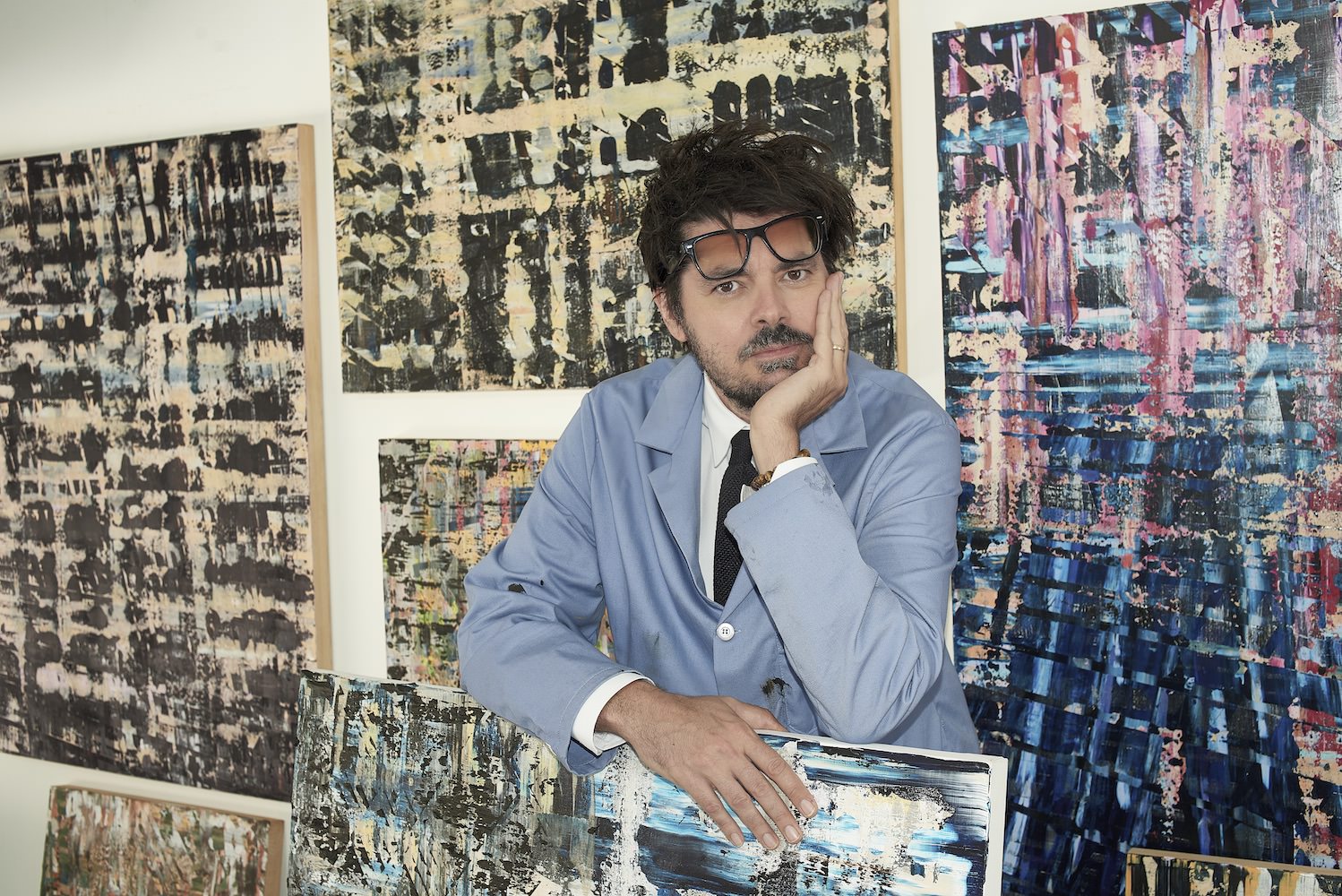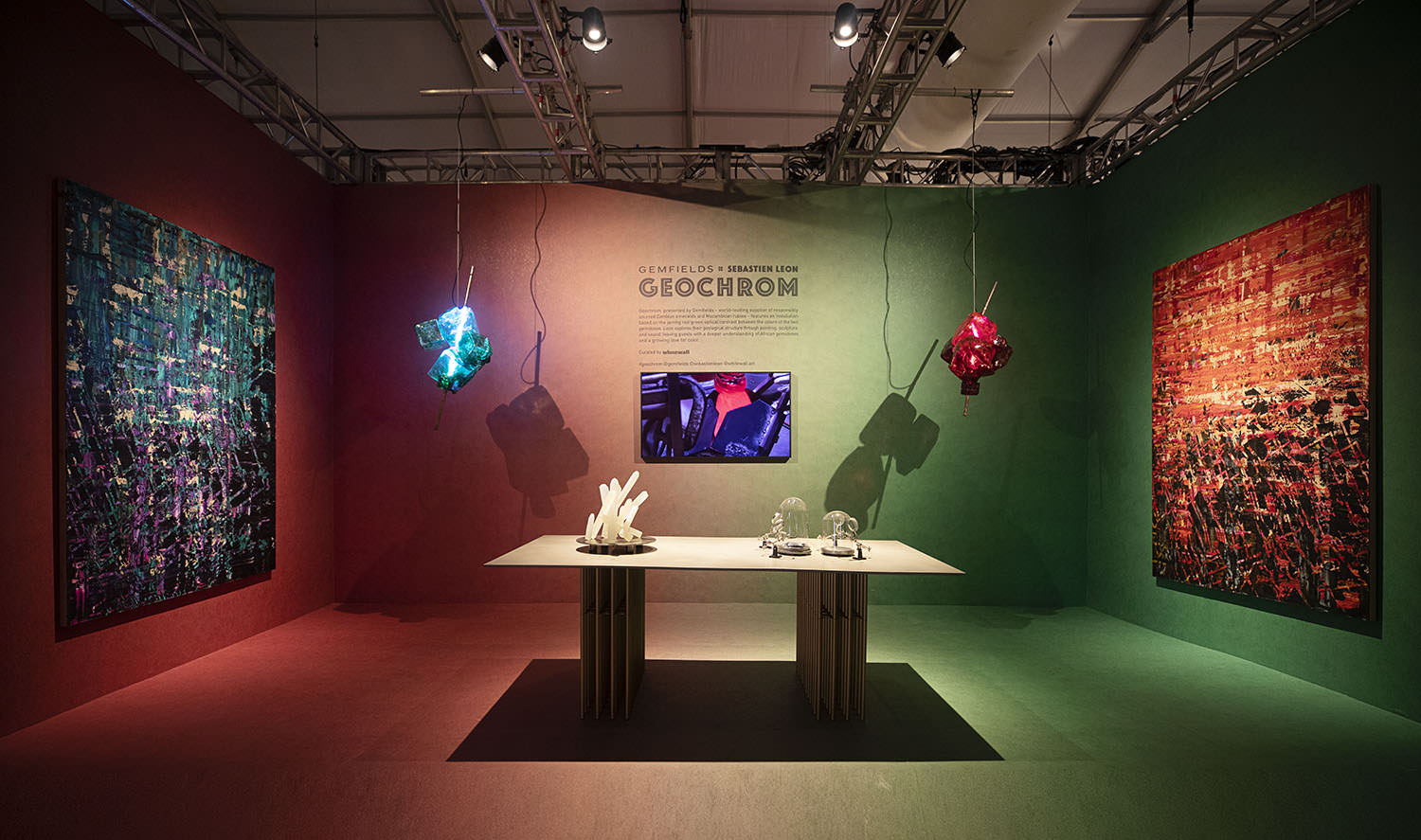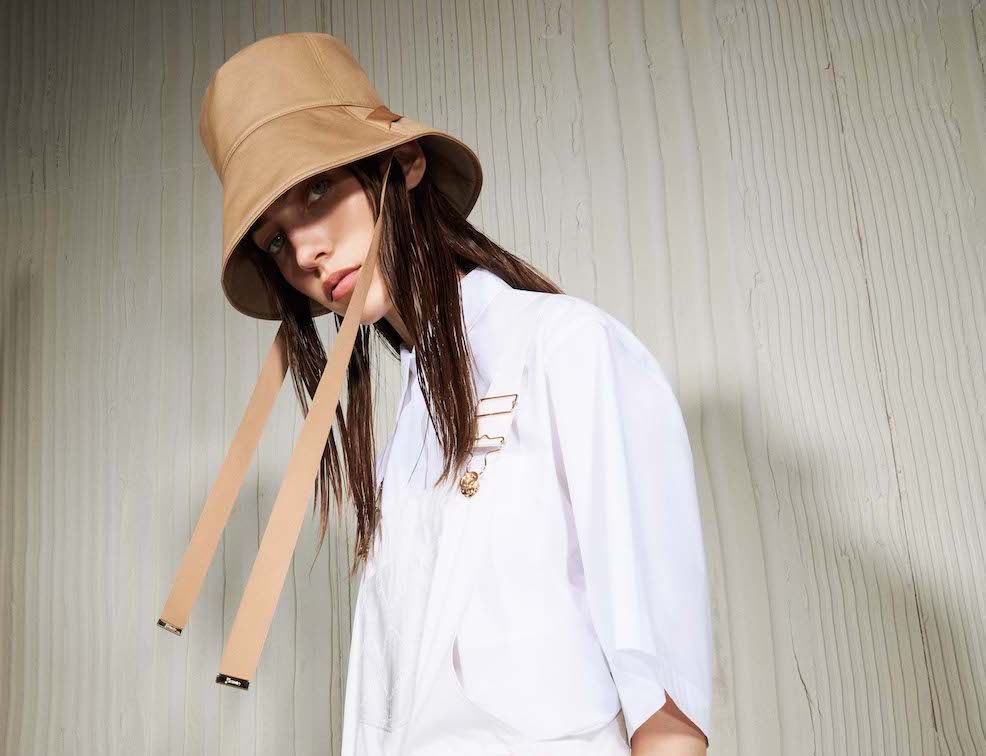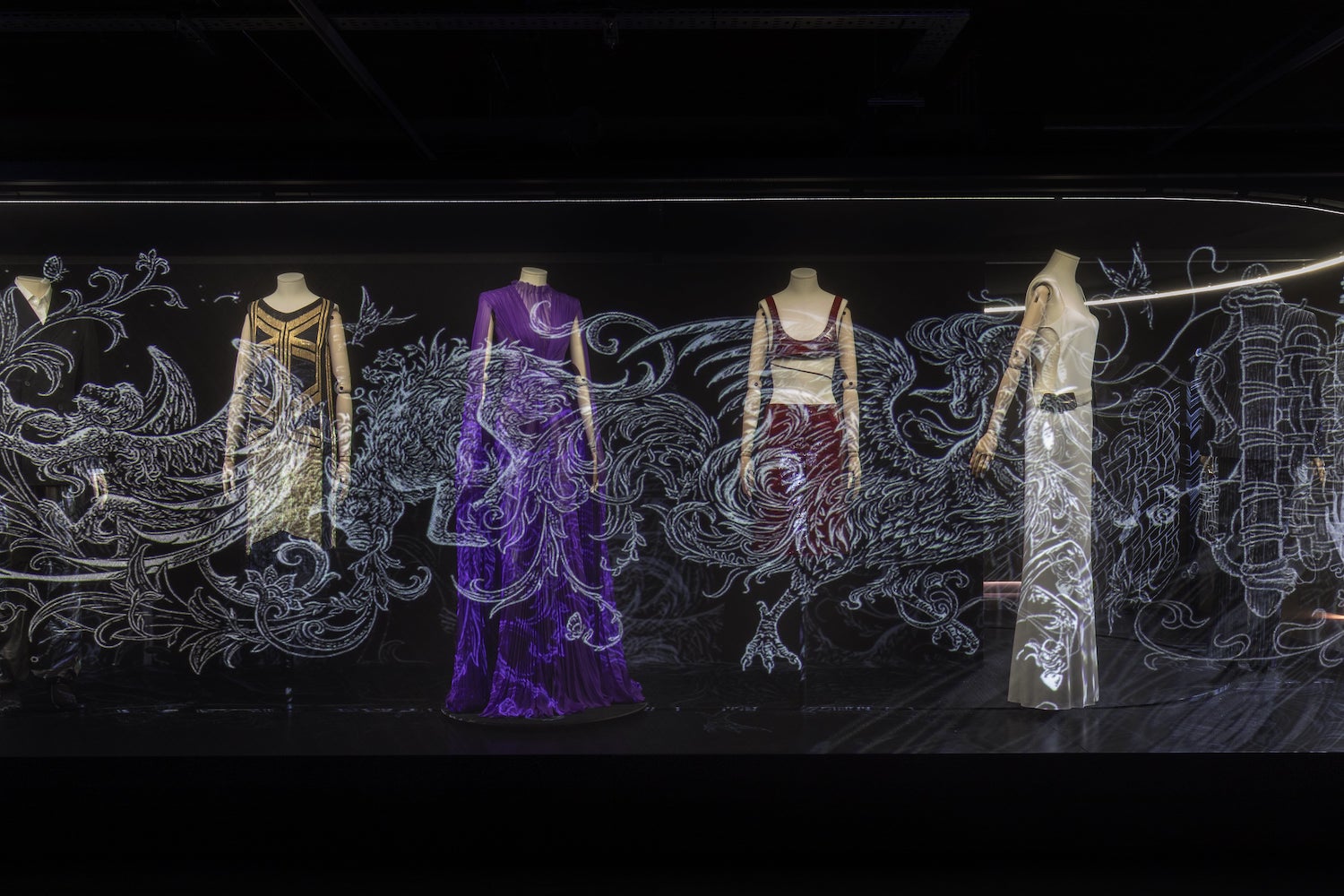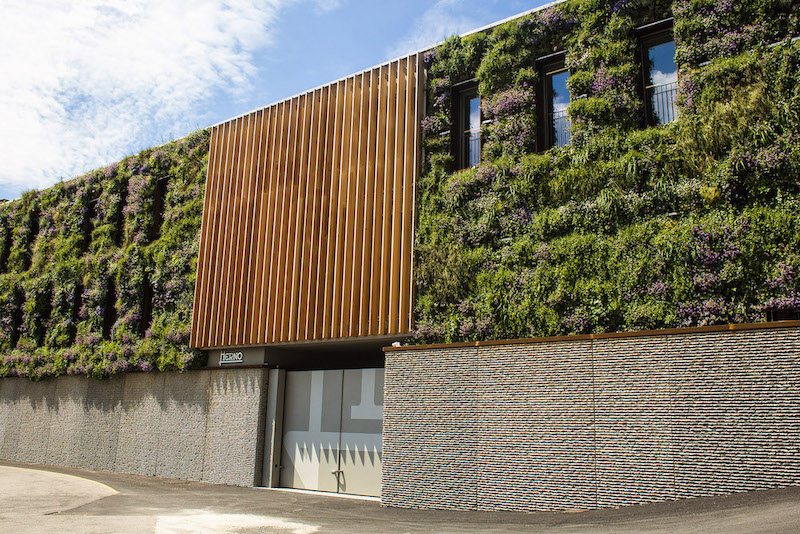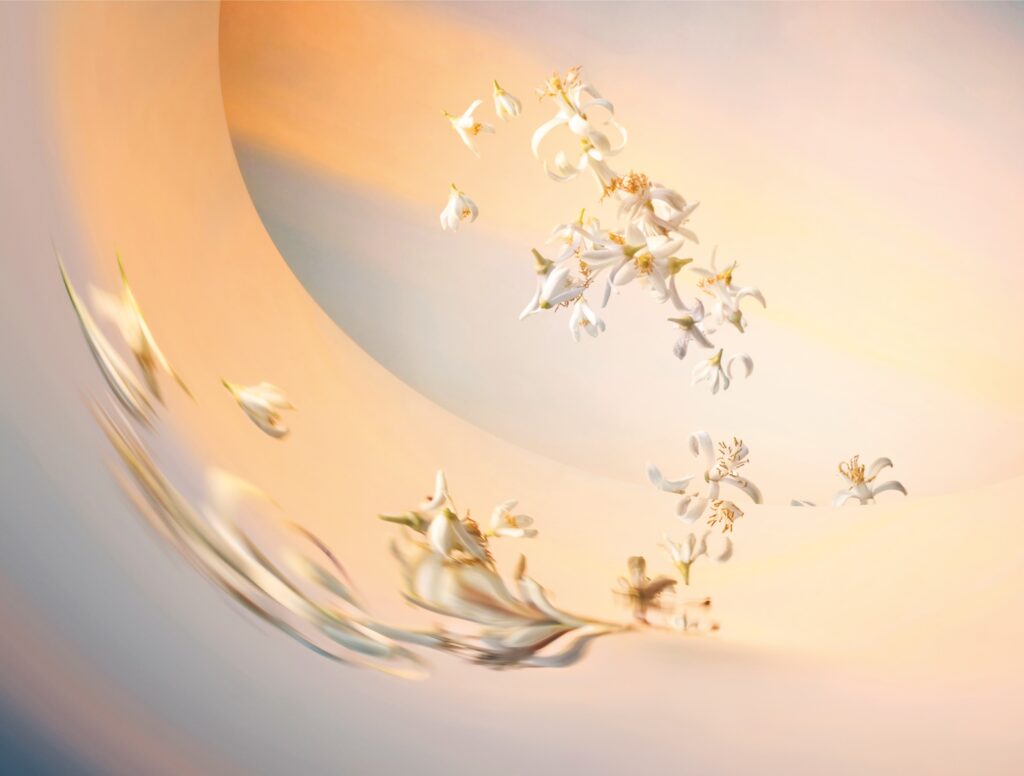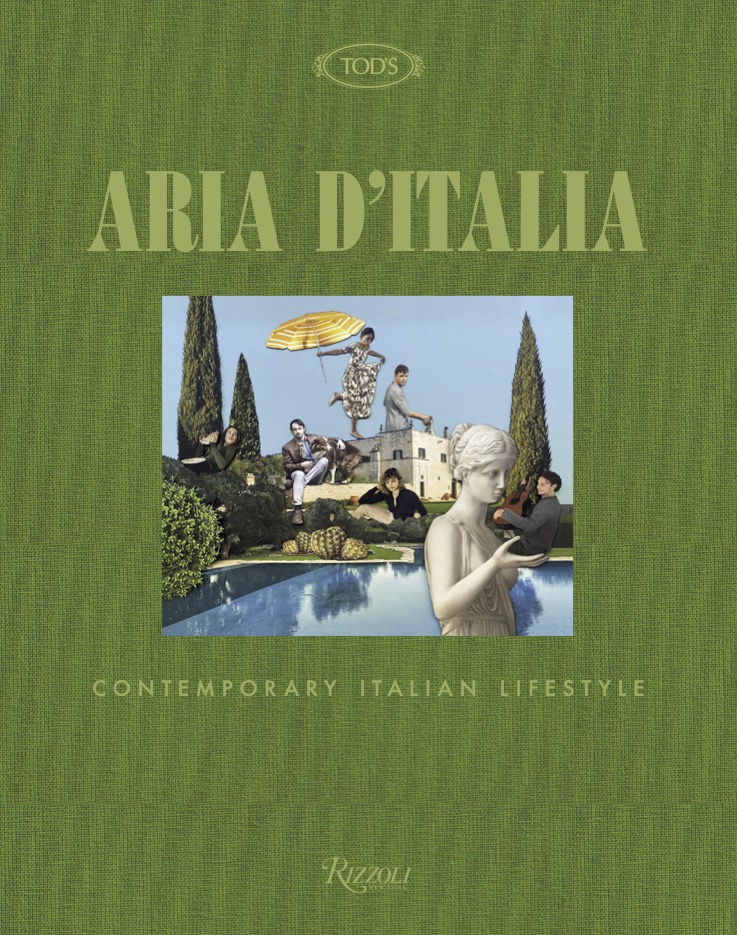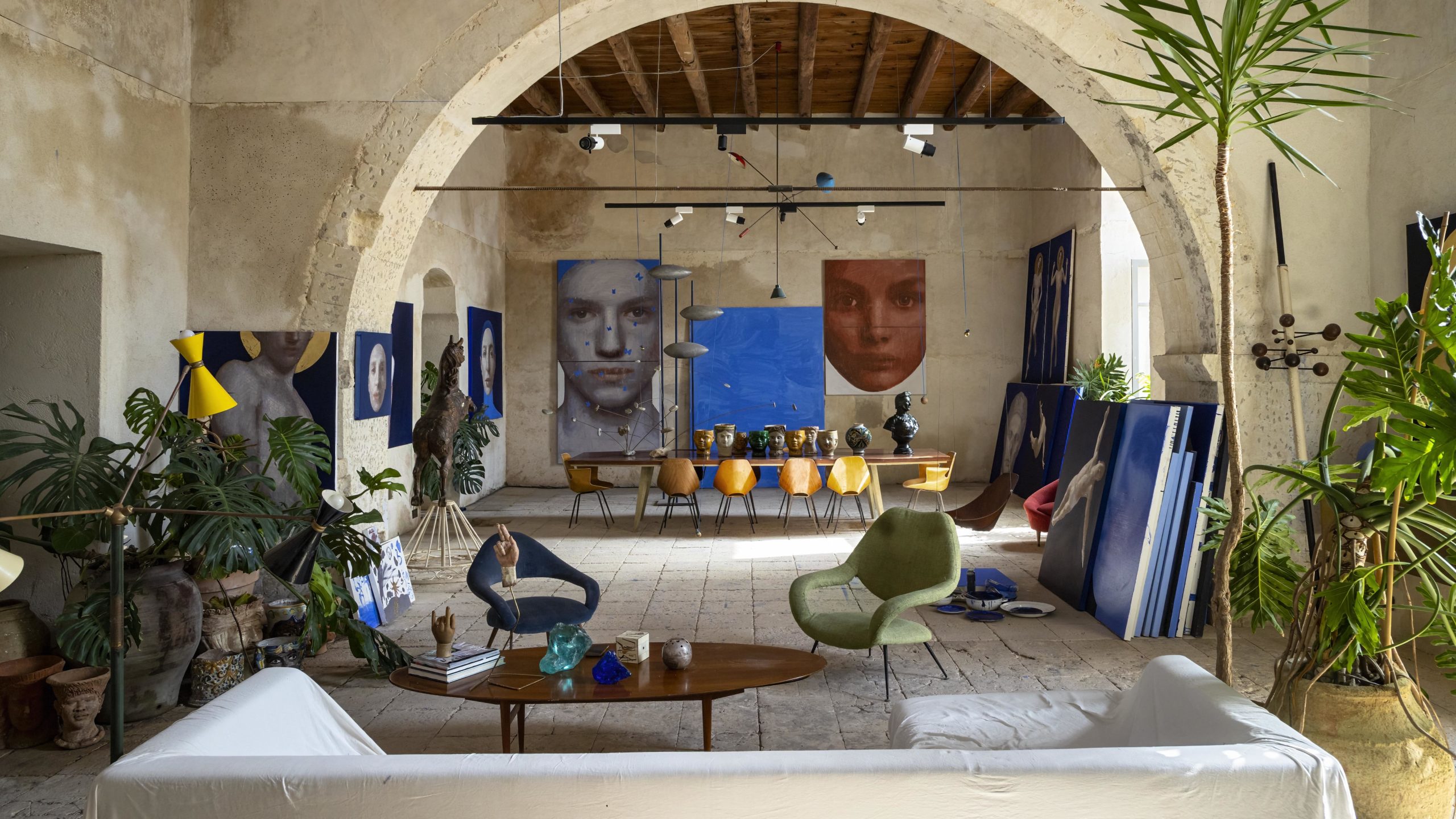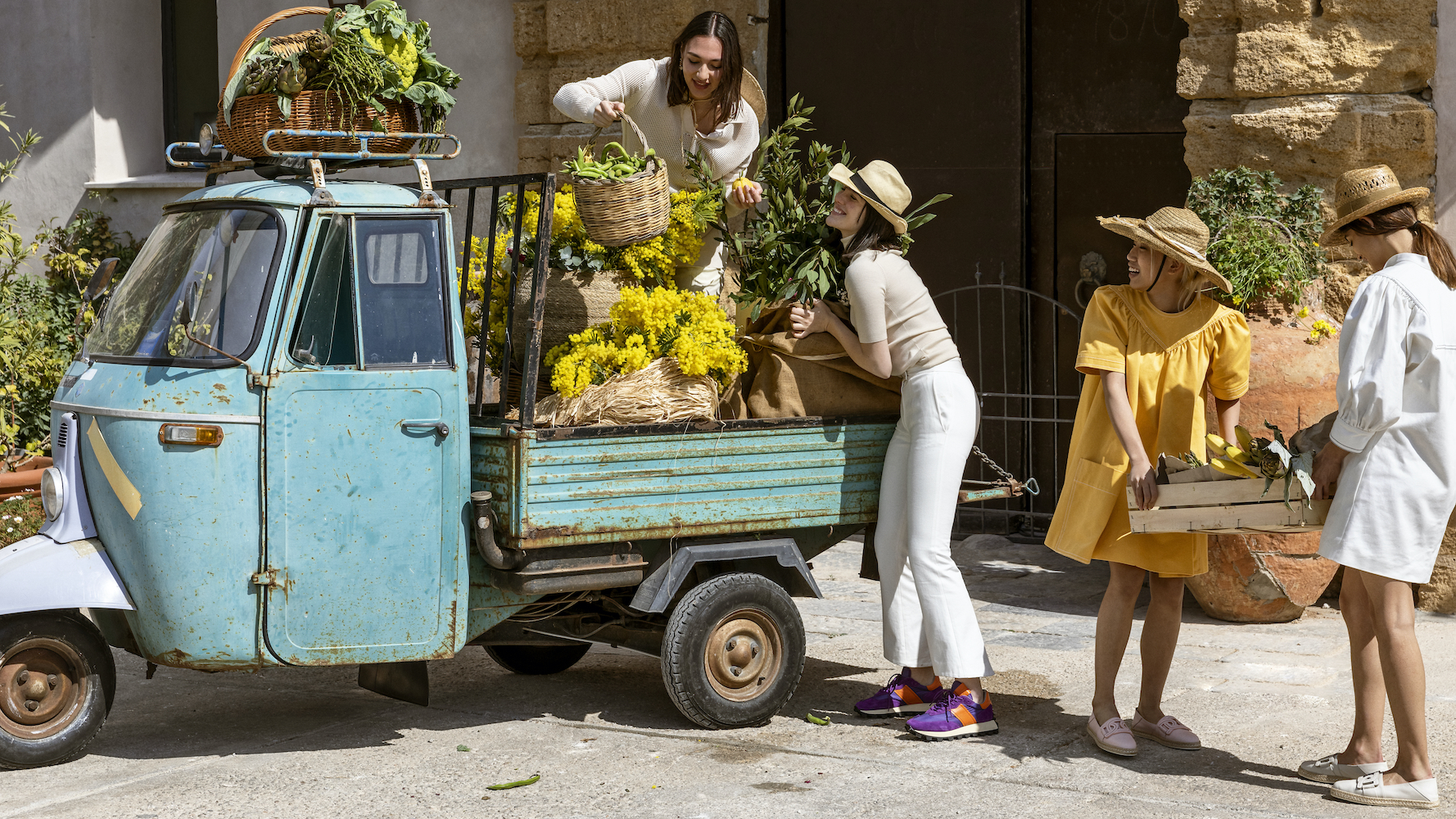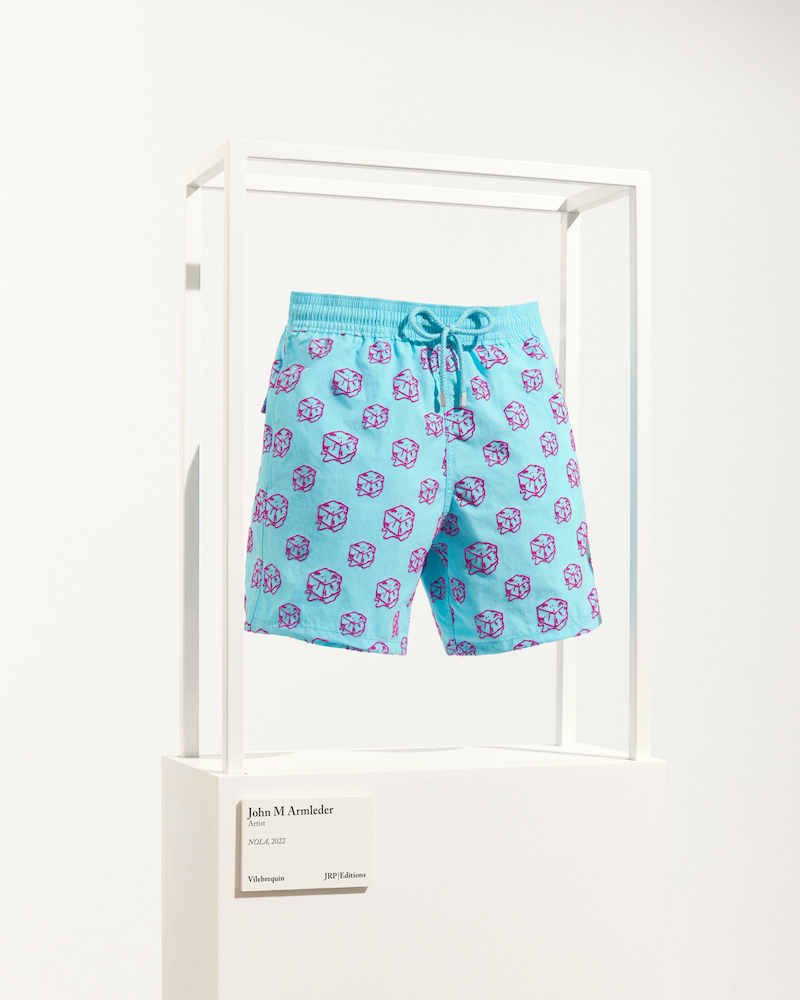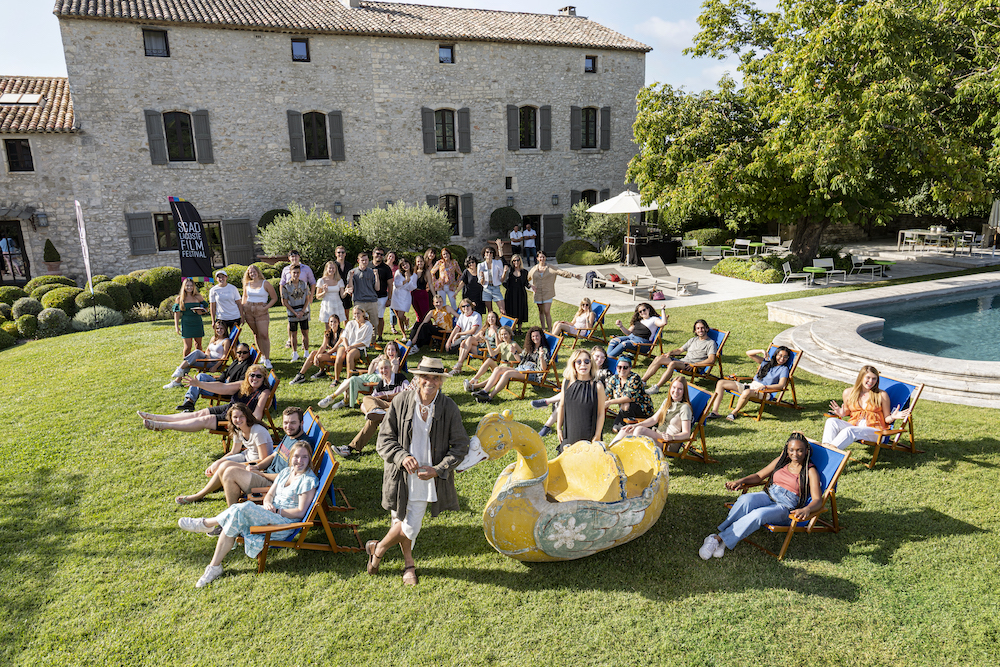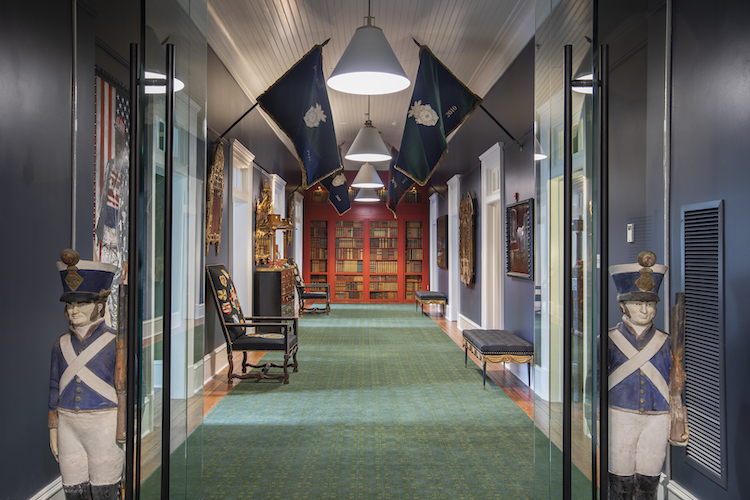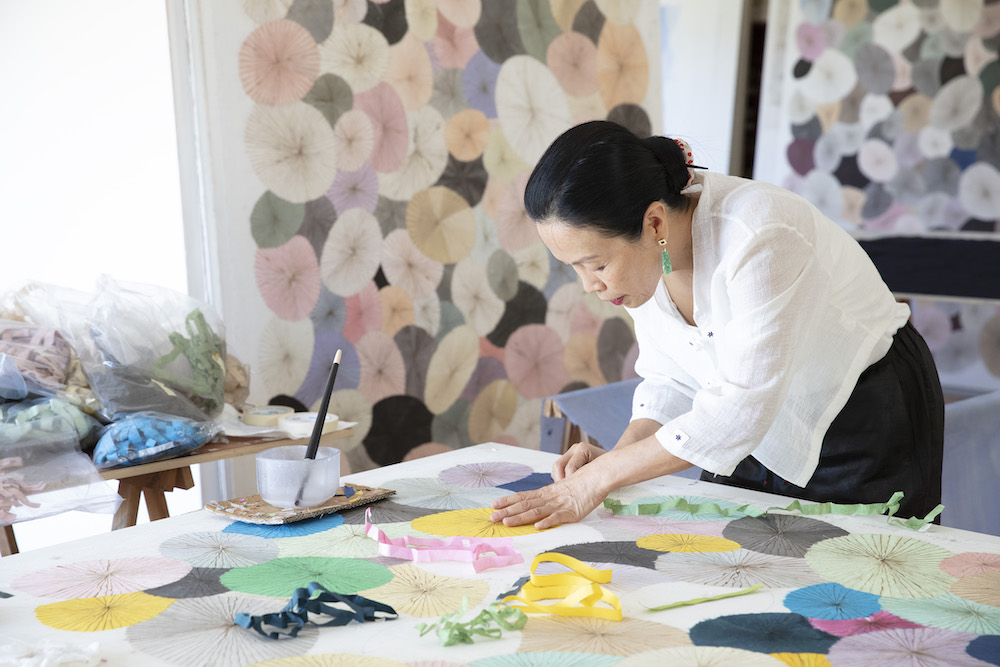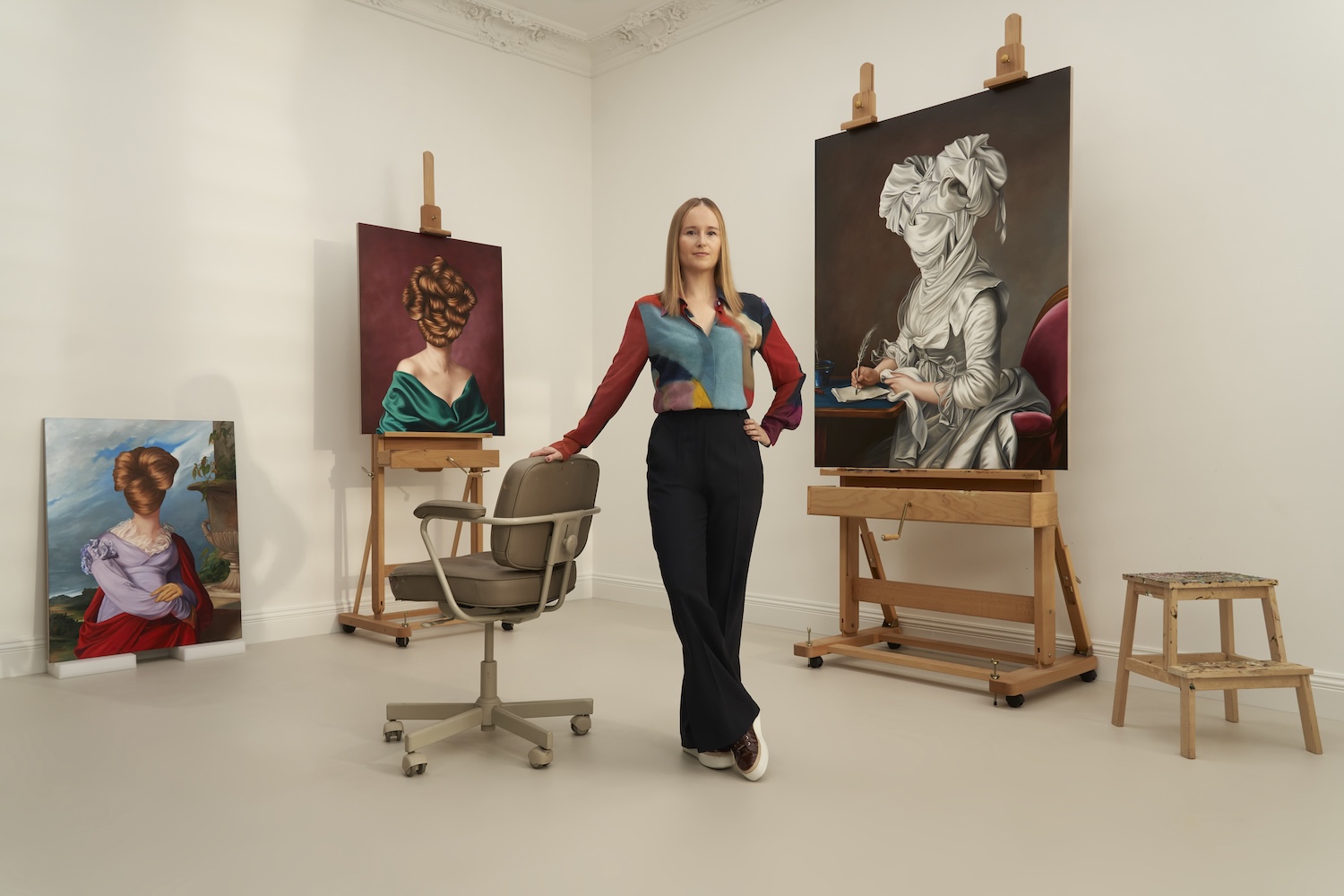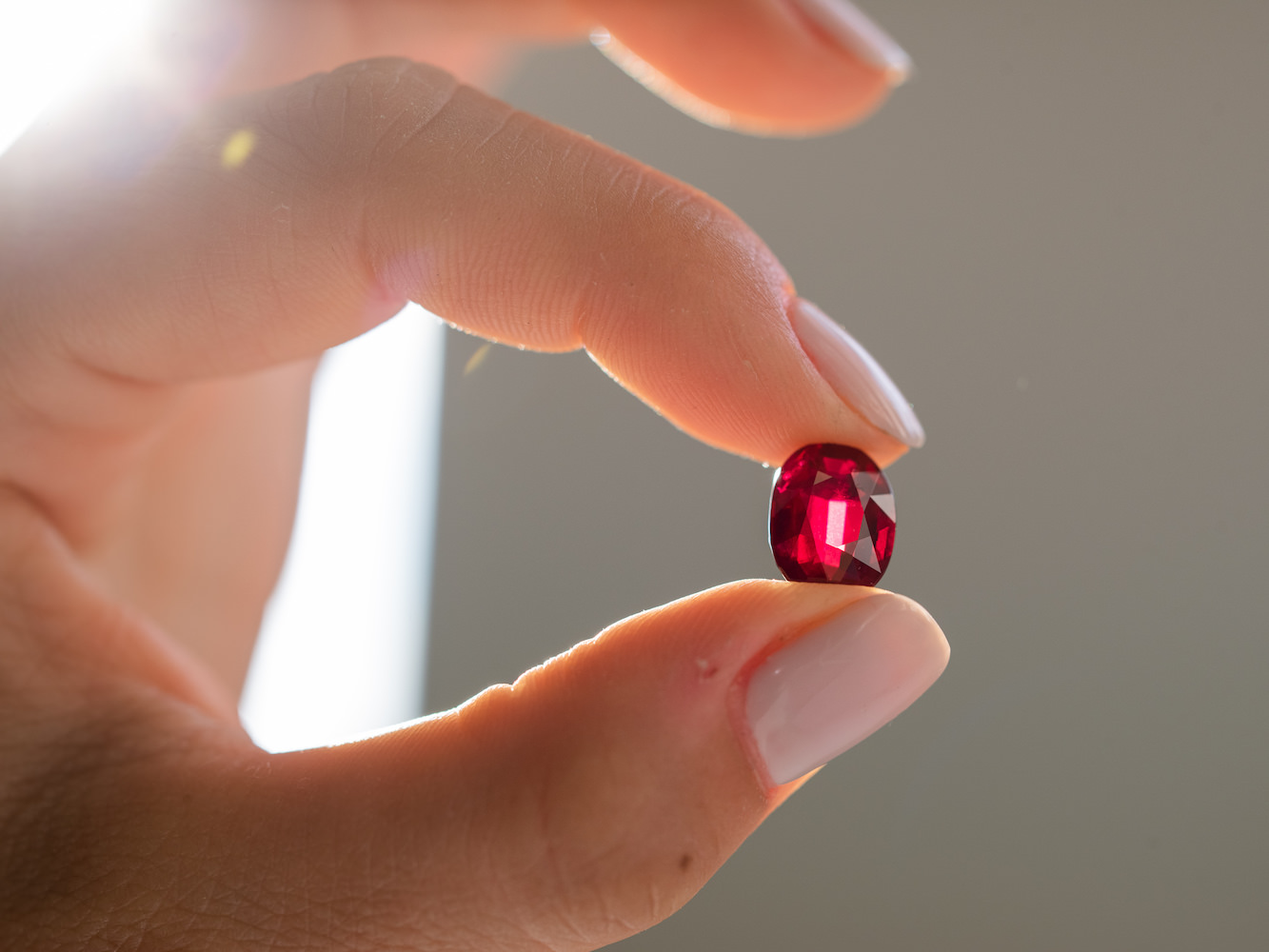
Courtesy of Gemfields.
In addition to striving for legitimacy, transparency, and responsible sourcing, Gemfields is working to raise the profile of colored gemstones globally. Recent collaborations with artists like Dan Tobin Smith at London Design Festival, and the upcoming debut of an installation from Sebastien Leon at Design Miami/, have resulted in an artistic appeal among the creative community.
Gemfields also collaborates with emerging and established talent in the jewelry making world. Their longstanding relationship with Fabergé is admittedly fitting—colored gemstones being nearly synonymous with the extravagant designs from the historic house of our collective imaginations.
Relationships with high jewelry designers like Bina Goenka and eyewear creator Francis de Lara connect Gemfields with a generation that has grown tired of one note precious gems. Whitewall reached out to Fabergé, Bina Goenka, and Francis de Lara, to learn about the allure of working with responsibly sourced Mozambican rubies and Zambian emeralds.
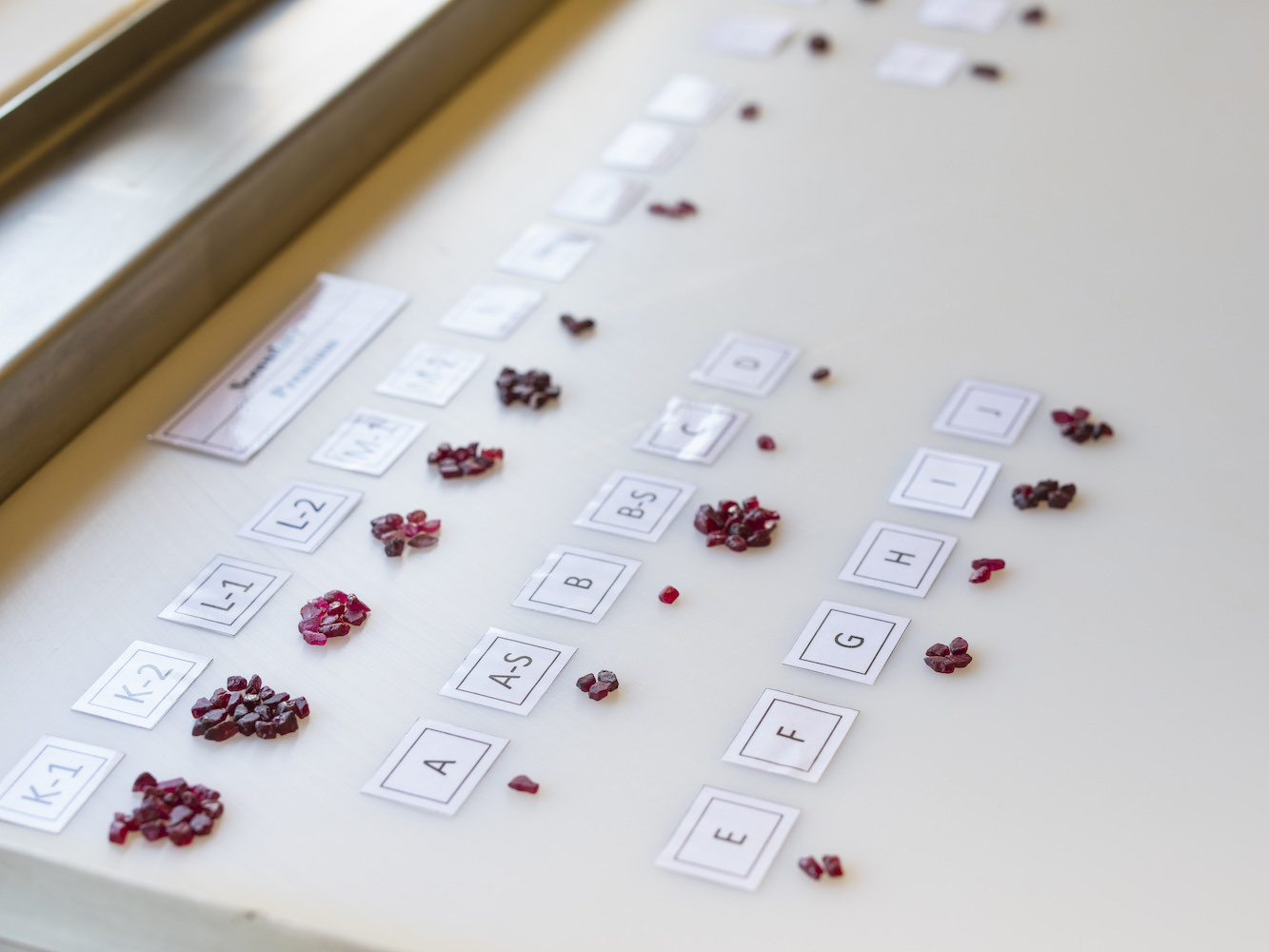
Courtesy of Gemfields.
Fabergé’s decadent creations have featured precious colored gemstones since the days of the Romanov court. When the legendary house was relaunched in 2009, with the help of Gemfields, its contemporary creative team was able to draw inspiration from the treasured delights of Gemfields ruby and emerald mines.
Here, Managing Director at Fabergé Antony Lindsay shares the process behind designing for Fabergé.
WHITEWALL: Can you tell us about the creative process behind designing a new jewelry piece? Does it start with a sketch, the gem, an inspiration?
ANTONY LINDSAY: In the beginning there are discussions with whoever initiates the project in our London office—it can be something in the company agenda or a bespoke order from a private client. We then hand draw sketches on paper and sometimes follow this with research into a particular theme or technique—it’s better to do this in this order to encourage original results so that we are less influenced by what has already been done.
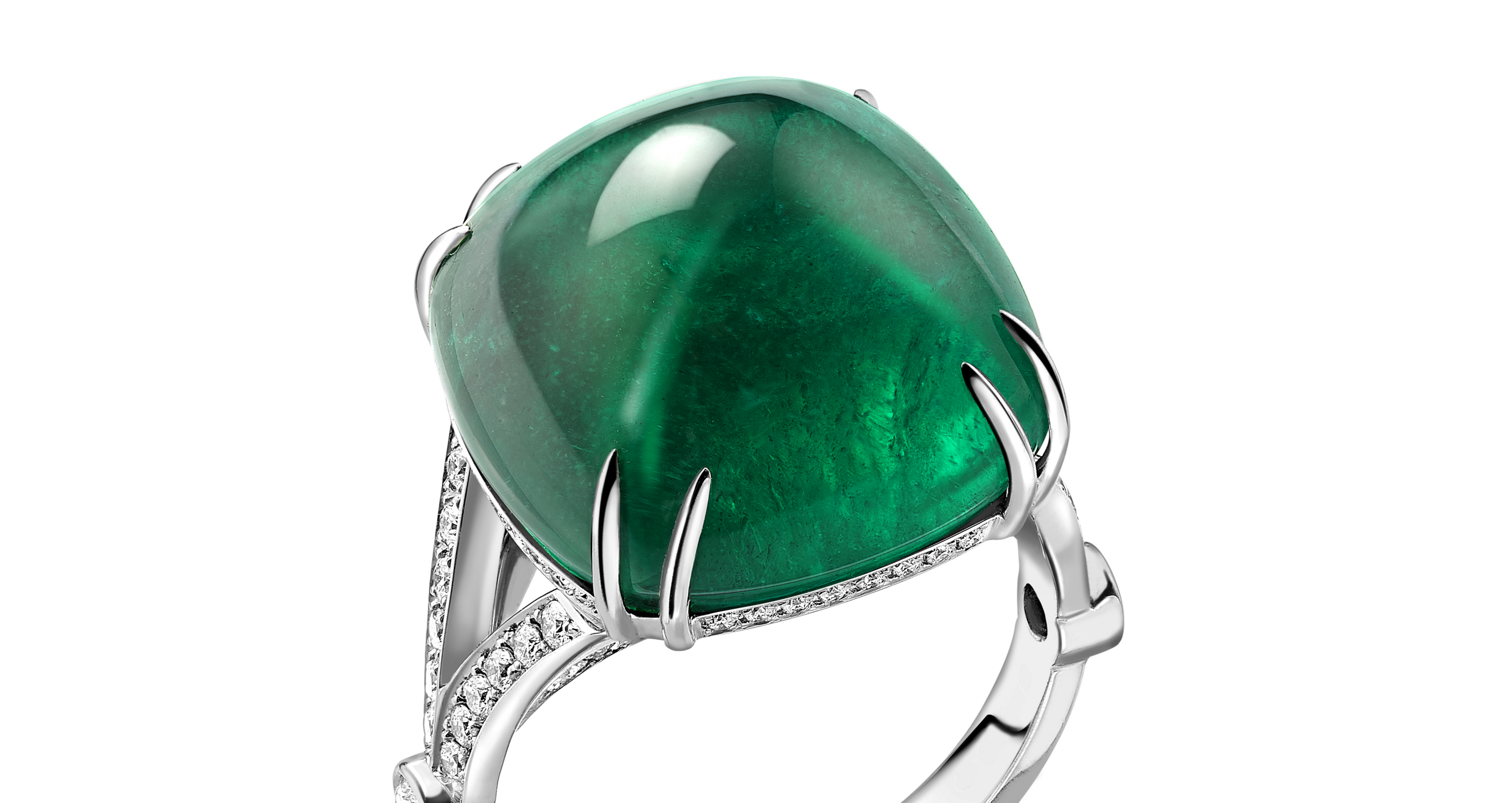
Courtesy of Fabergé.
WW: How do colored gemstones transform a piece?
AL: We are constantly inspired by the natural beauty of gemstones and since each one is unique, we know that every piece we create is also a special one off. We often find our clients are much more focused on individuality and finding a truly unique gemstone which speaks to them.
WW: How can colored gemstones inspire an individual jewelry piece?
AL: The search for differentiation and individuality drives a new type of jewelry clientele. These are clients who are interested in buying things which are less common and also less known. It is the story and provenance, coupled with each gemstone’s unique beauty which makes a piece more meaningful. It is the fascination with the history and legacy of colored gemstones which also appeal. People love the legend that accompanies colored gemstones, the energy they carry and (to some clients) gemstones such as emerald have magical powers. So it is the individuality, provenance, story and magic that attracts our clients to want to learn and explore more about this territory of color in jewelry.
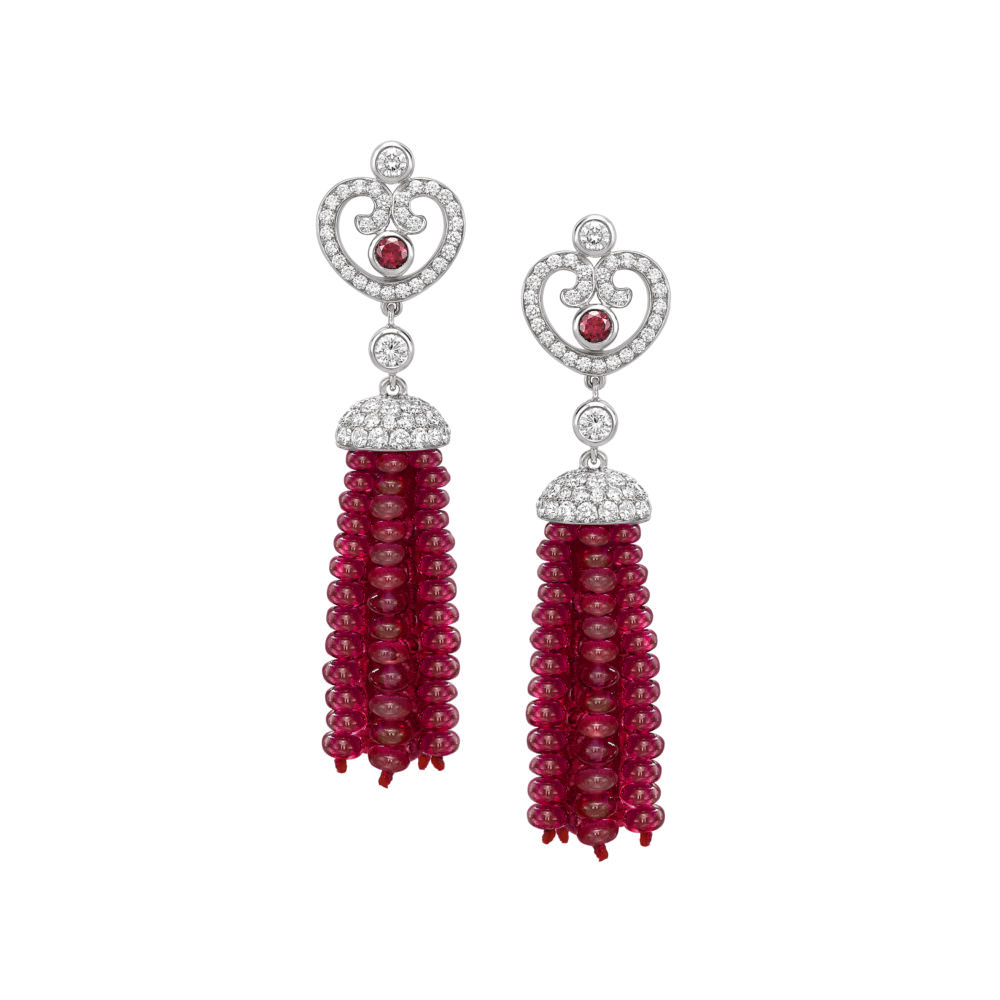
Courtesy of Fabergé.
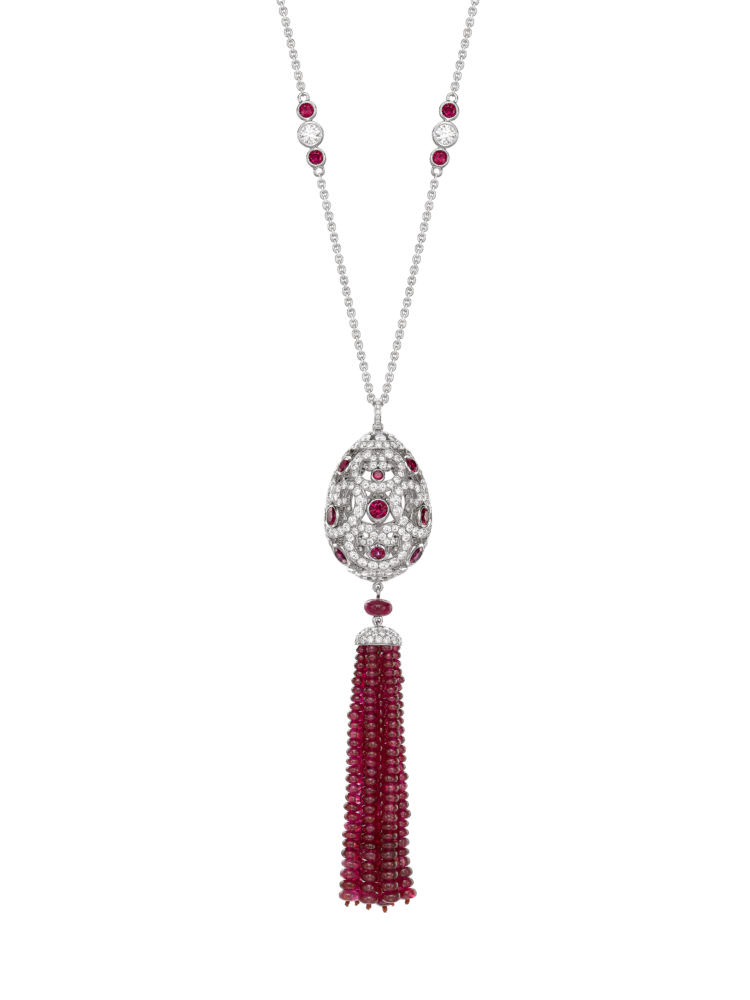
Courtesy of Fabergé.
For over a quarter century, Bina Goenka has been a high jewelry maker for a discerning group of collectors. From India to an international clientele, she has built a following by creating unique masterpieces that showcase brightly colored gemstones like Mozambican rubies, sapphires, emeralds, or Paraiba.
To adorn her designs, Goenka looks to Gemfields, the world-leader in responsibly sourced gems, which is committed to improving awareness and sustainability in the industry. Whitewall spoke with Goenka about drawing people into her worldview.
WHITEWALL: Where does a unique piece typically start? Is it the gem, a sketch, a request from a client?
BINA GOENKA: Typically, I see a gem or a parcel of gems that I love. Almost instantly, I have a design in my mind that I have to scribble out immediately. Thereafter, that scribble is developed into the piece, and then I add to it or make small changes if I need to.
With bespoke client commissions, the client simply tells me what they’re looking for—for example, a ruby ring or an emerald necklace. It is then my responsibility to understand what the client thinks they want, and create something that is far beyond their expectations.
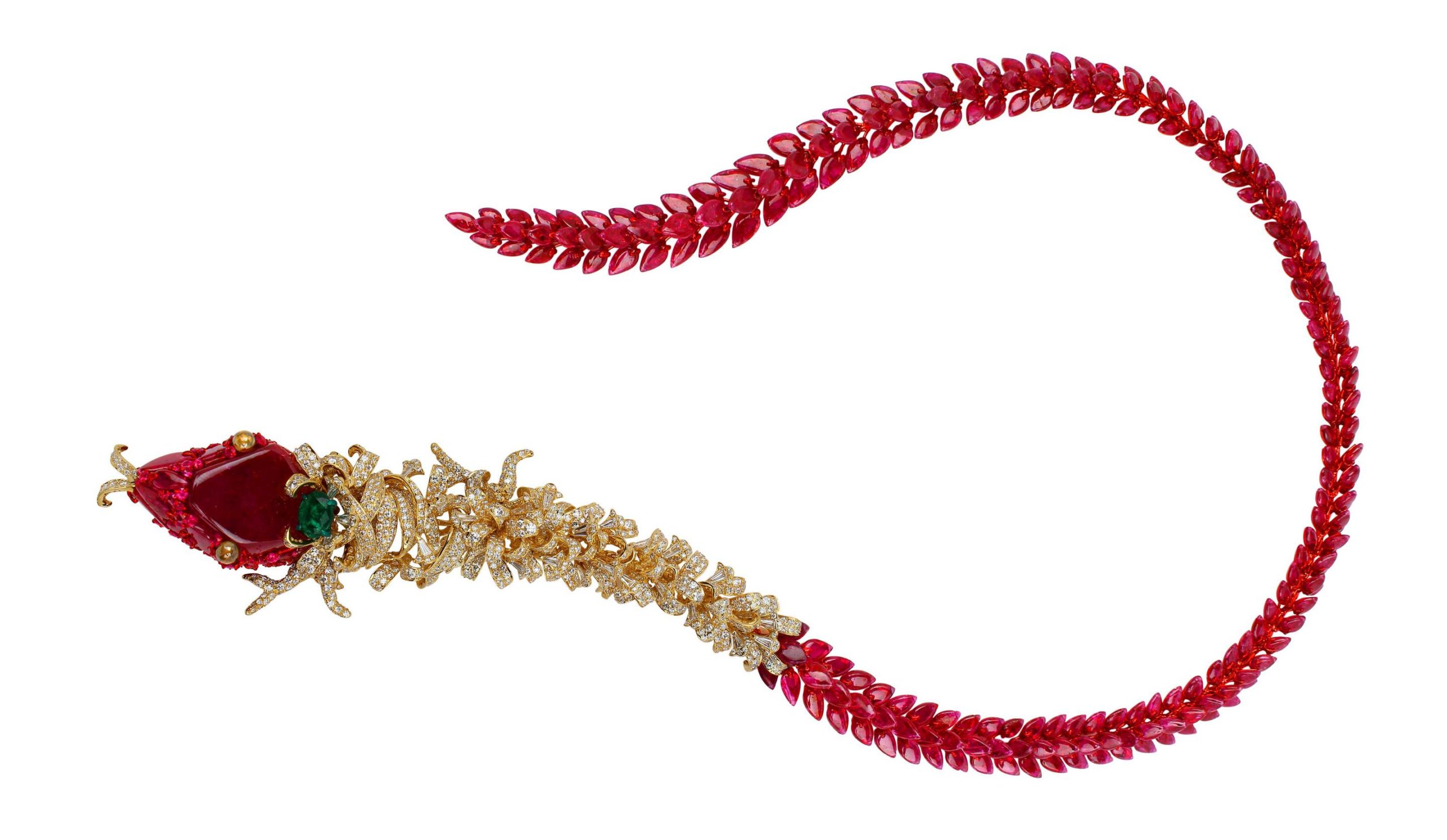
Courtesy of Bina Goenka.
WW: Have you always been drawn to color in your pieces?
BG: I have always loved color, as I believe it brings designs to life. Whether it is rubies, sapphires, emeralds, or Paraiba, they have the ability to take a design and turn it into a living form that camouflages with nature. My work with color plays either with sharp contrasts, such as rubies with emeralds, or strict monotone, where I even match the color of the metal to the gemstone that I am working with.
WW: Tell us about the snake design you created using Gemfields’ Mozambican rubies.
BG: I wanted to make a wire which is as flexible as a chain, but able to embody the specific movement as a snake when it slithers. My aim with this piece was to perfect movement. As I was working on Kaa, I realized that I would like to make scales in rubies, and therefore Gemfields Mozambique rubies were a perfect fit. With the snake having been done by brands before, I wanted mine to stand out and be different, so I used a very large ruby tumble for the snake’s head, and then used brown diamond eyes. I then used ruby rose cuts on the chin of the snake, to give his jaw depth. The snake is made of 163.95 carats of Mozambique rubies, of which the ruby tumble weighs 31.10 carats
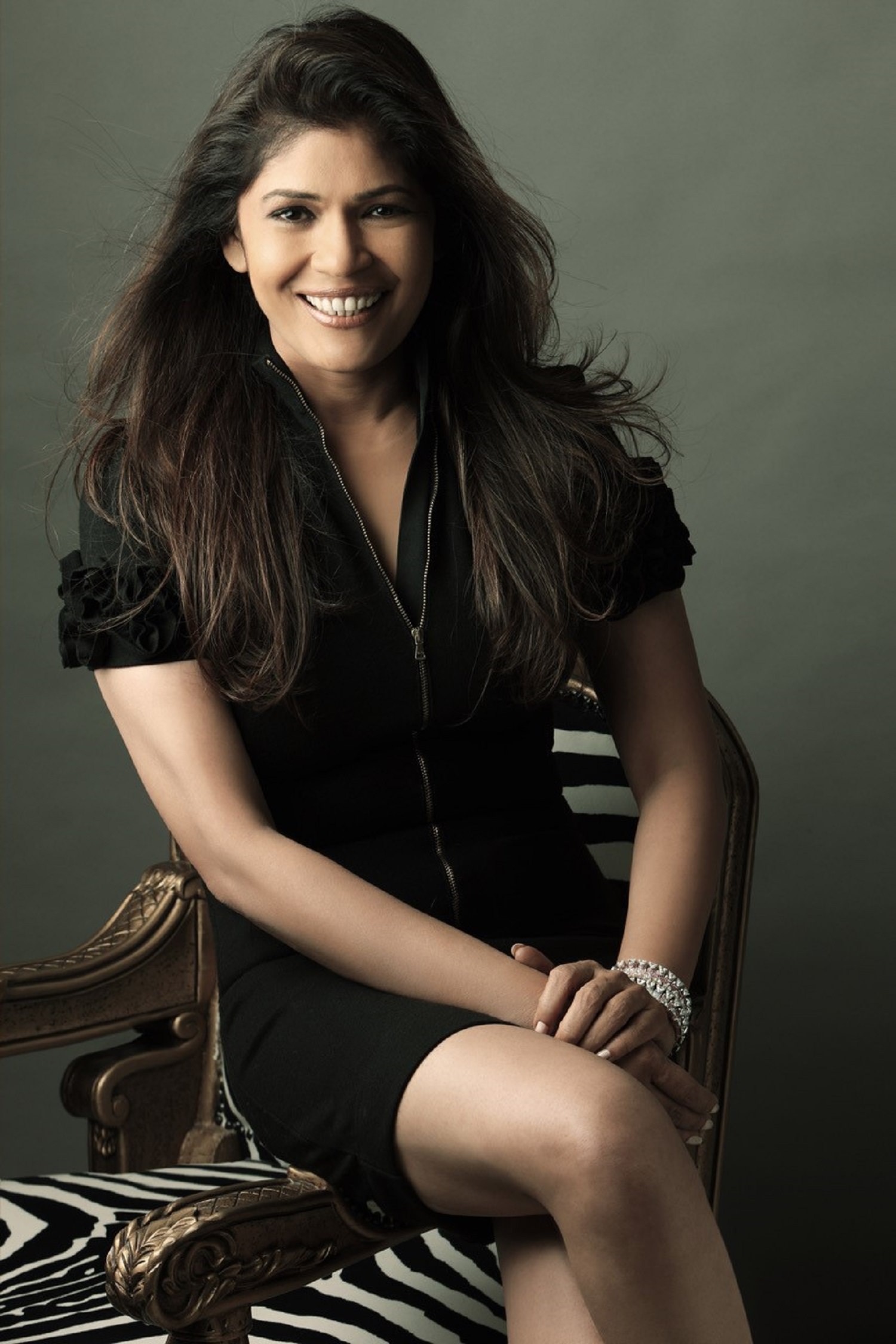
Courtesy of Bina Goenka.

Courtesy of Bina Goenka.
WW: You include a mix of cut and polished and rough gemstones. What do you like about this combination?
BG: I like that it tells the story of the ruby from mine to market. The ruby, like all other gemstones, is beautiful in every form, and not just in the final cut/polished and faceted form. Therefore, I love to show off its journey from the very gemstone that is found in the mine, and through the stages of processing that it goes through. In doing so, I’m able to highlight that each version of it brings a different character to the piece, and they all come together into a beautiful, one-of-a-kind masterpiece.
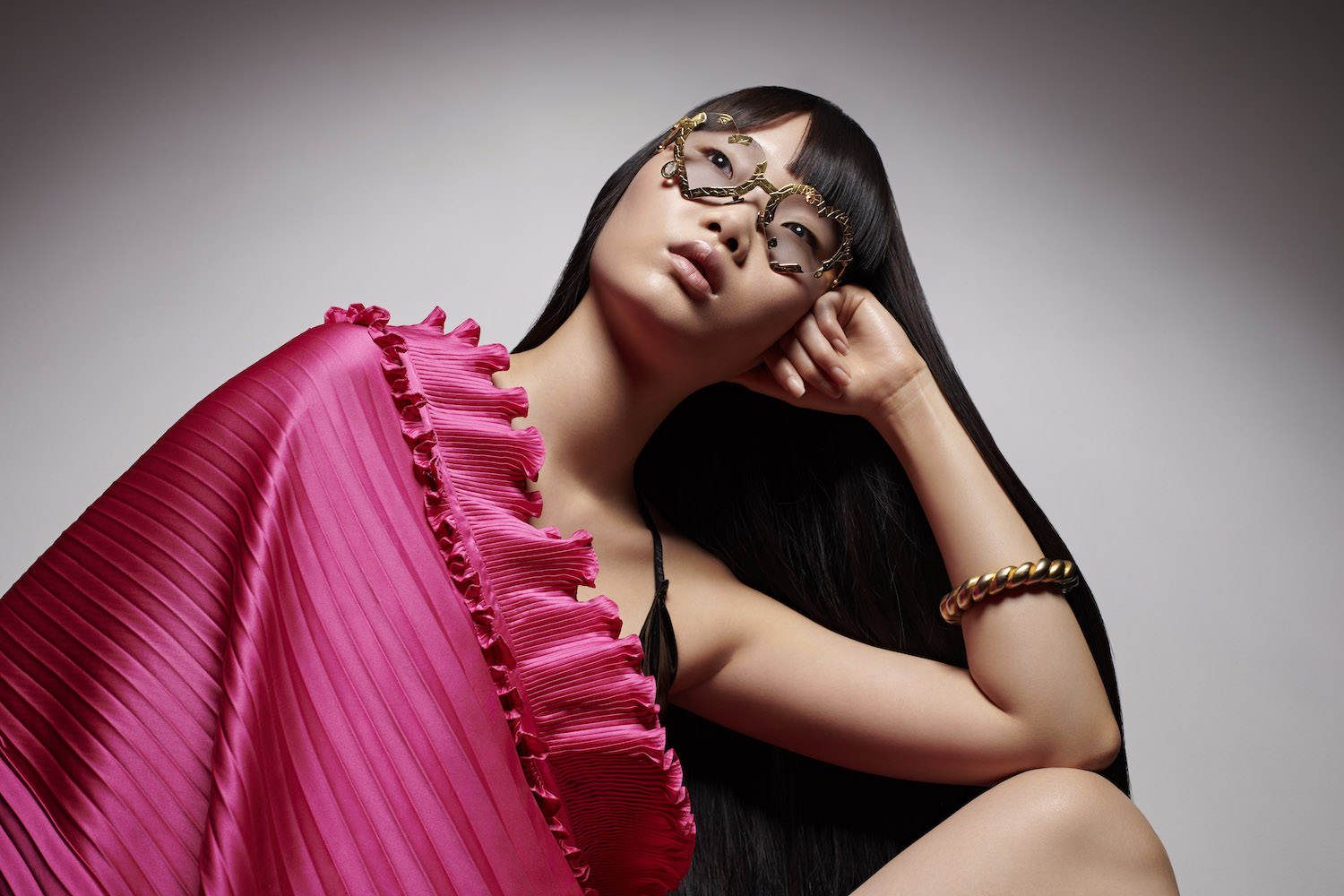
Courtesy of Francis de Lara.
As the world’s first fine jewelry eyewear house, Francis de Lara is not one to blend in with the crowd. Using precious metals and gems, each handmade piece is unique and can take nearly one thousand hours to create. Emeralds, rubies, sapphires, tourmaline, and more—all responsibly sourced, including from Gemfields—adorn exquisite designs that are utterly unforgettable.
Whitewall discovered that John-Paul Pietrus, Creative Director of Francis de Lara, was inspired by the Renaissance for his haute couture eyewear.
WHITEWALL: Can you tell us about how you began using colored gemstones in your designs?
JOHN-PAUL PIETRUS: This was a natural choice for me. I have always loved color generally in every aspect of my life. When it comes to gemstones, I realize that diamonds are the “popular choice,” but I really fall in love with colored gems and the different emotions they give, and also the beautiful inclusions in many colored gemstones which, contrary to diamonds, can make colored gems more valuable. I love my birthstone, the emerald.
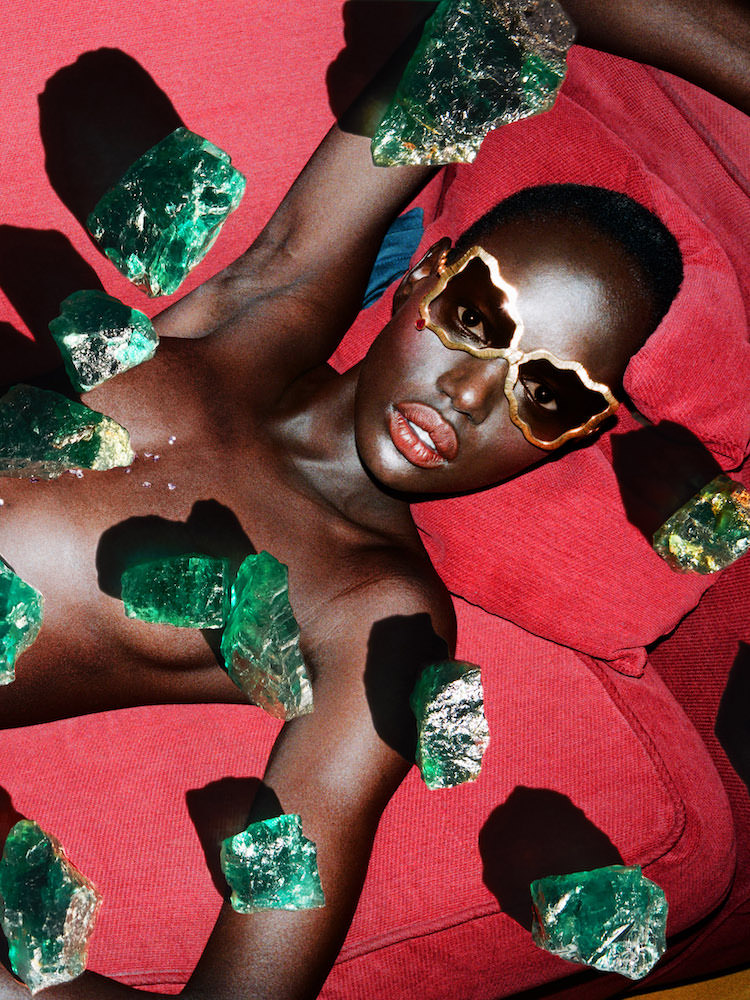
Courtesy of Francis de Lara.
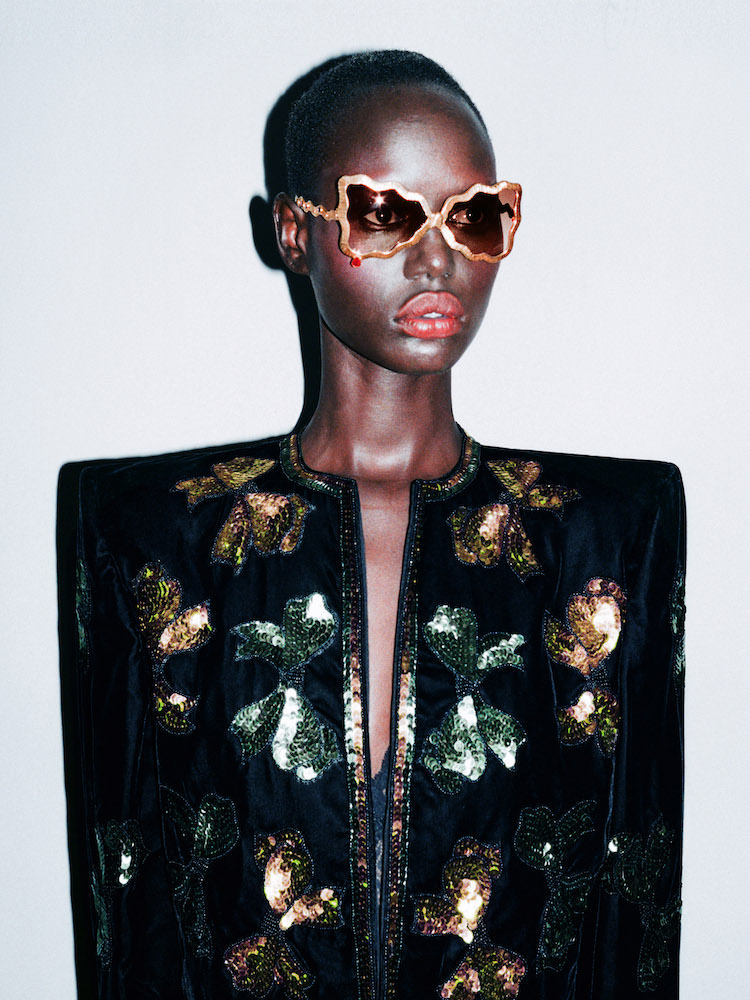
Courtesy of Francis de Lara.
WW: Can you tell us about the creative process behind designing a new piece? Does it start with a sketch, the stone, an inspiration?
JPP: It starts with an idea that pops into my head, often combining old with new. For example, my haute couture jewelry art eyewear is inspired by the Renaissance, but as it is eyewear, it makes a completely new spin on things as eyewear did not exist in the Renaissance as an accessory.
WW: How can colored gemstones inspire an individual piece? How do colored gemstones transform a piece?
JPP: Each color gives me a different emotion, a different story, a different character. Thus, each colored gemstone tells its own tale.
To learn more about responsibly sourced colored gemstones, visit Gemfields.
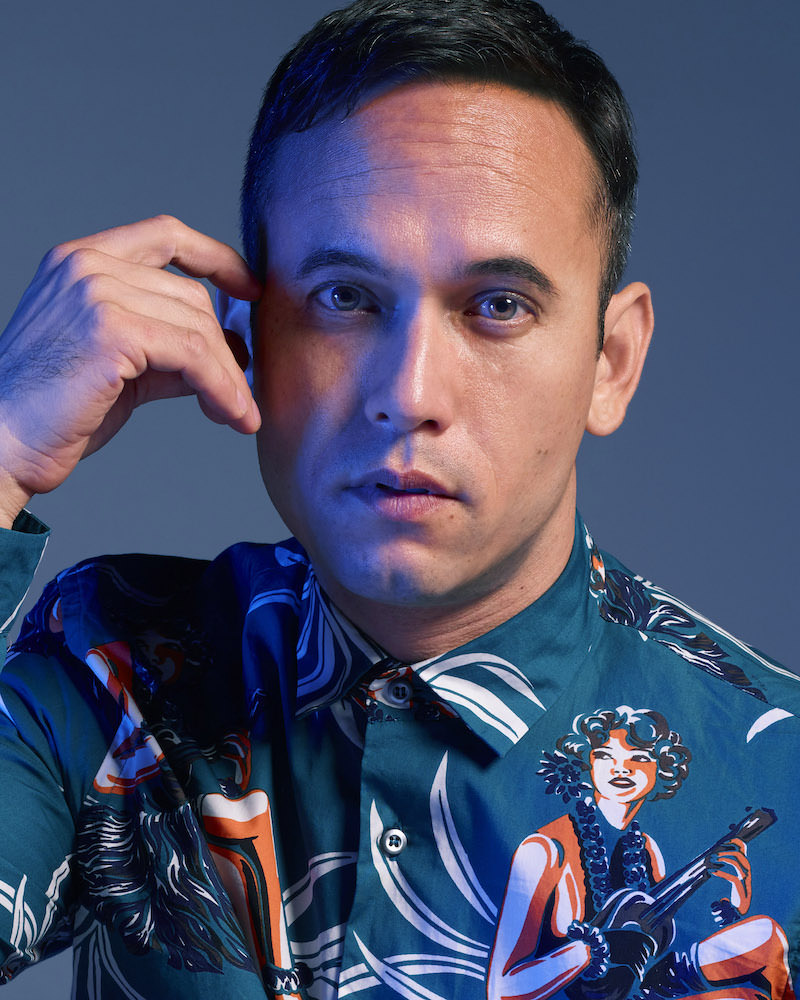
John-Paul Pietrus
Portrait by Yi Che

